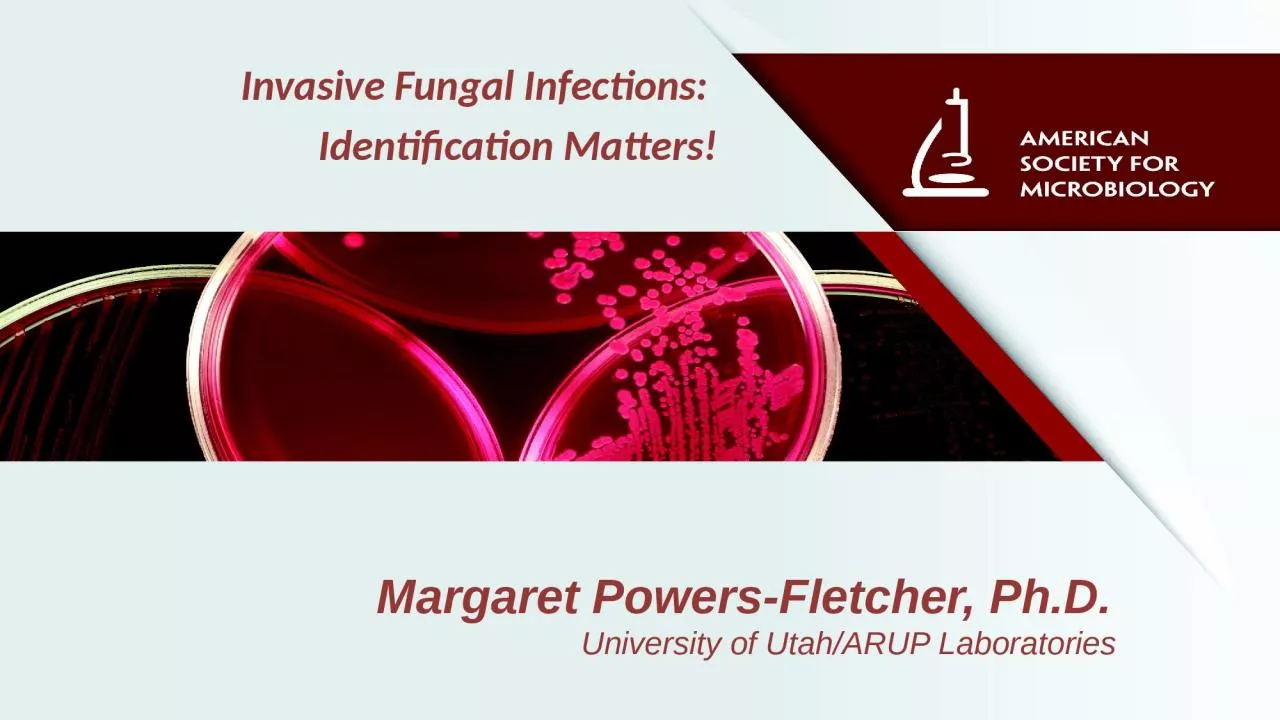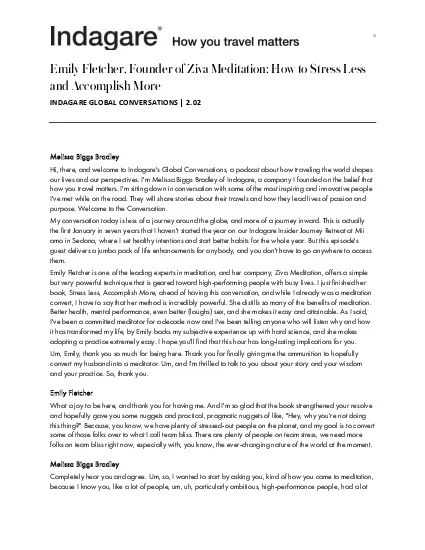PPT-Margaret Powers-Fletcher, Ph.D.
Author : scarlett | Published Date : 2022-06-15
University of UtahARUP Laboratories Invasive Fungal Infections Identification Matters Patient History A 62 yearold male patient presents to the ER with a 3day
Presentation Embed Code
Download Presentation
Download Presentation The PPT/PDF document "Margaret Powers-Fletcher, Ph.D." is the property of its rightful owner. Permission is granted to download and print the materials on this website for personal, non-commercial use only, and to display it on your personal computer provided you do not modify the materials and that you retain all copyright notices contained in the materials. By downloading content from our website, you accept the terms of this agreement.
Margaret Powers-Fletcher, Ph.D.: Transcript
Download Rules Of Document
"Margaret Powers-Fletcher, Ph.D."The content belongs to its owner. You may download and print it for personal use, without modification, and keep all copyright notices. By downloading, you agree to these terms.
Related Documents














